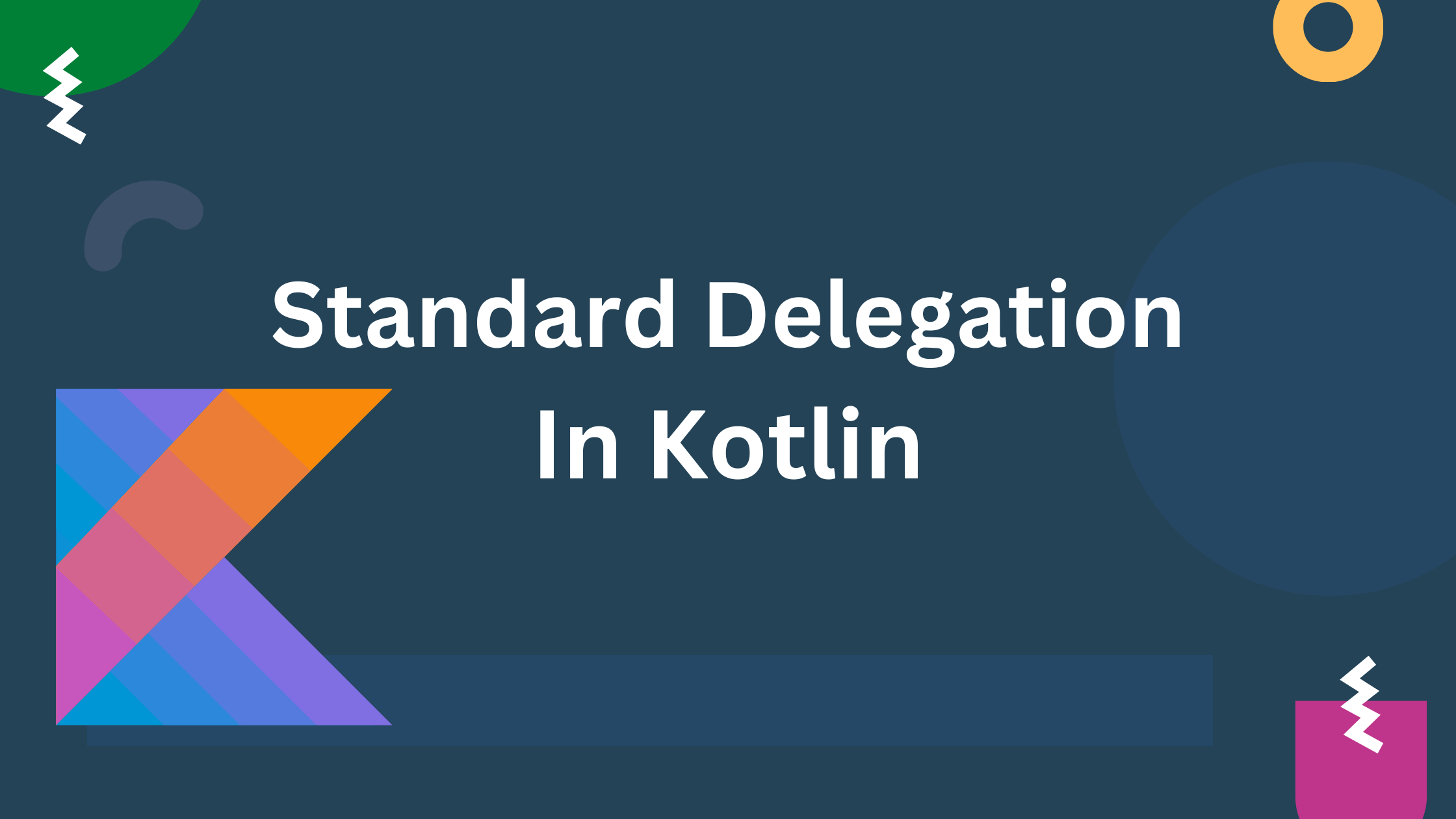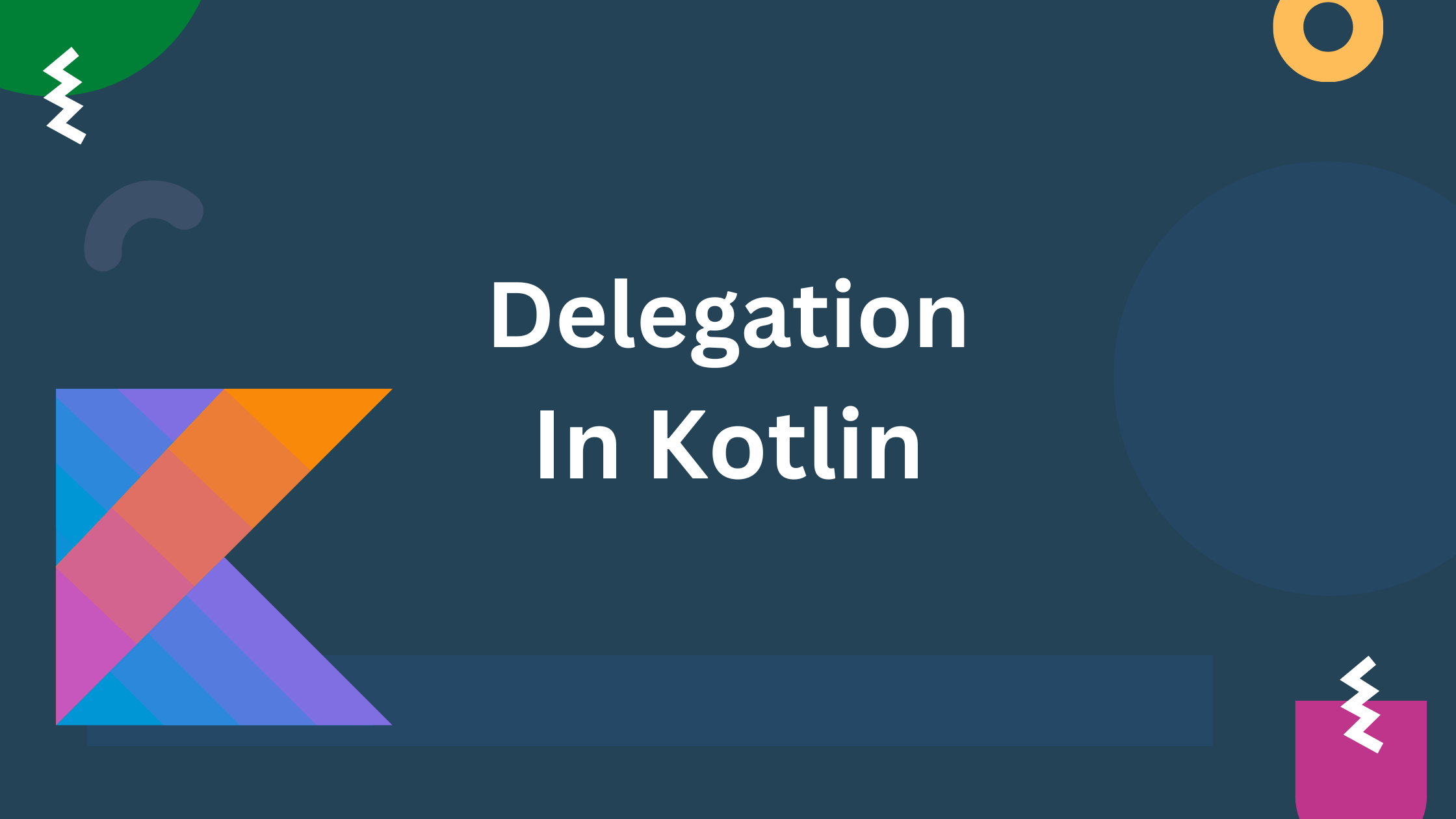In Kotlin, a getter is a method automatically generated to retrieve the value of a property, while a setter is a method generated to modify the value of a mutable property. Custom logic can be added to getters and setters if needed.
Getters:
Automatic Getter:
When you declare a property using var or val, Kotlin automatically generates a default getter. For val (read-only) properties, only the getter is generated
class Example {
val readOnlyProperty: Int = 42 // Automatic getter is generated
}
To access the property:
val value = example.readOnlyProperty // Accessing the property using the default getter
Custom Getter: A custom getter is a way to define how a property’s value should be calculated or retrieved when it is accessed. custom getter can be defined by using the get() method within the property declaration.
class Person(val firstName: String, val lastName: String) {
// Custom getter for the fullName property
val fullName: String
get() {
return "$firstName $lastName"
}
}
fun main() {
val person = Person("John", "Doe")
println("Full Name: ${person.fullName}") // Full Name: John Doe
}
In this Example, When access the fullName get() will run and returns the fullname
Setters:
Automatic Setter:
For mutable properties declared with var, Kotlin generates both a getter and a setter. for val keyword kotlin only generated getters
class Example {
var mutableProperty: Int = 42 // Automatic getter and setter are generated
}
To set the property:
example.mutableProperty = 54 // Setting the property using the default setterCustom Setter: It is used to add custom logic that is executed when a property is assigned a new value. A custom setter is declared using the set() method within the property declaration. Here’s a simple example:
class Example {
var customProperty: Int = 42
set(value) {
field = value * 2
}
}
fun main() {
var e1 = Example()
println(e1.customProperty) // Output: 42
//Setting the property using the custom setter
e1.customProperty = 78 // Corrected line
println(e1.customProperty) // Output: 156
}
In this example the customProperty has a custom setter that doubles the value assigned to it.






